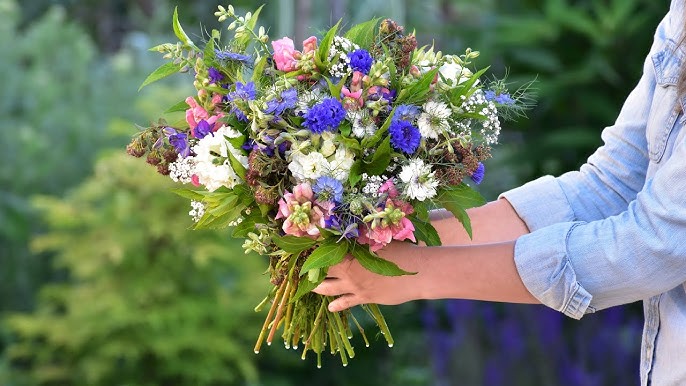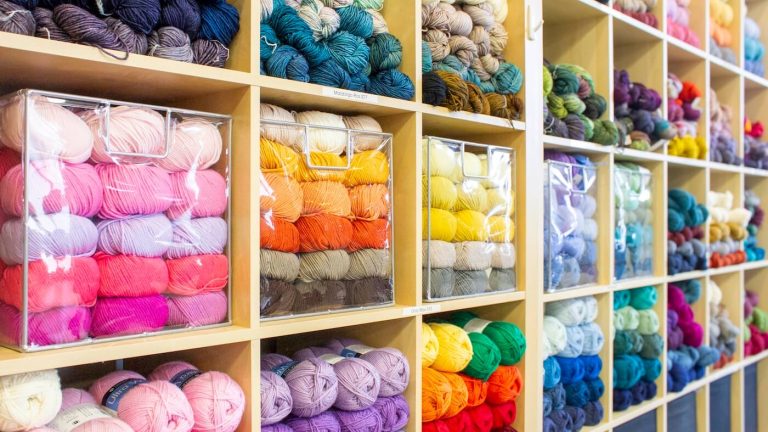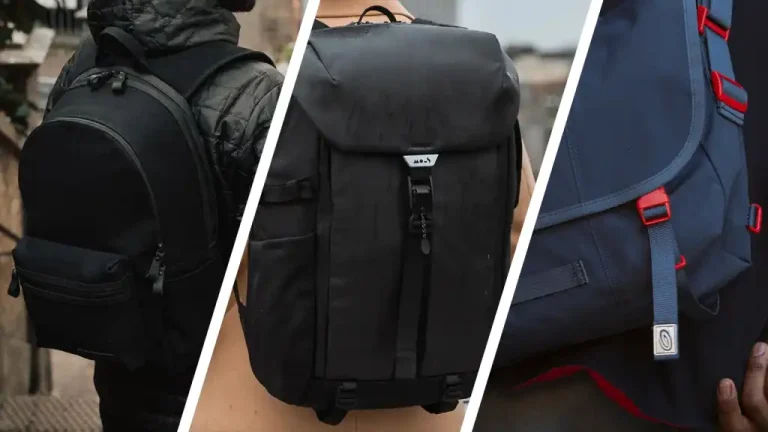Hunting is a sport and activity that requires the right tools to be successful. One of these tools is a reliable and sharp hunting knife. When choosing the best hunting knife, there are many factors to consider ensuring you get the right one for your needs. This article will provide an overview of what to look for when selecting hunting knives, so you can be sure you have the best tool for your next hunting adventure.
Blade Considerations
When it comes to hunting knives, several blade considerations should be taken into account:
- The blade should be made from a strong and durable material, such as stainless steel or carbon steel. Both materials provide excellent edge retention and corrosion resistance.
- The blade should feature a full-tang construction for added strength and durability.
- You’ll want to consider the size of the knife’s blade.
Choose one with an appropriate length for your intended use – you don’t want to choose something too large as it could become unwieldy when used in smaller spaces. Finally, certain blades may also feature serrated edges, which offer more precise cutting capabilities than straight-bladed knives; however, they may require more frequent sharpening and maintenance. Before selecting a hunting knife, make sure you take into account all these different factors related to its blade design and construction.
Handle Types
Rubber handles are often used as they offer a good grip, even under wet conditions. It makes them ideal for those who hunt in humid climates or around bodies of water. They also feature a textured surface to help provide an improved level of control when using the knife. Rubber handles come in various colors and styles that allow you to customize your hunting knife to meet your individual preferences. Wooden handles are also commonly used as they add style and classic appeal to any blade.

Safety Features
One of the most important safety features to look for is a secure handle that provides a firm grip. Look for knives with handles made from durable materials like rubber or polymer, which will provide excellent traction on wet surfaces. Blades should also be constructed from stainless steel, which resists rust and corrosion, making them easier to maintain and sharpen as needed. Additionally, look for knives with well-defined guards between the blade and handle; this will provide an extra layer of protection when handling large game animals or heavy work tasks. Finally, make sure that your chosen knife has a sheath or storage option included with it.
Extras & Accessories
When it comes to choosing the perfect hunting knives, there are a few key features and specifications you should consider. Beyond blade length and handle material, however, look at extras and accessories that can enhance your experience.
Extras such as sheaths provide not only protection for your knife but also make transport easier. Look for sheaths made from durable materials such as leather or Kydex that have adjustable straps that allow you to wear them on your belt or attach them elsewhere while in the field. Sheaths with drainage holes are great if you use the knife near water sources since they help keep moisture away from the blade.











